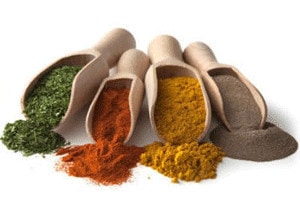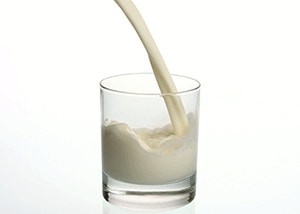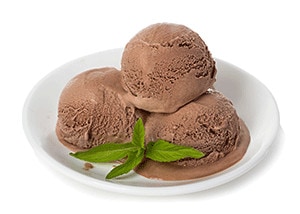Are You Eating the Right Fats?
Eating the wrong fats can be devastating to our health and well-being, so it’s important to get this right

There are increasing amounts of research today supporting the theory that cholesterol and saturated fats are not the main villain in heart disease, as has traditionally been taught. When it comes down to it, there is very little evidence to support the traditional view that a low cholesterol and saturated fat diet reduces heart disease. What is coming to light, is that a combination of blood sugar problems, excess carbohydrates (sugars), inflammation, excess Omega 6 fats from vegetable oils and trans-fatty acids are responsible for arterial congestion. This in turn is related to such health issues as heart problems, dementia and stroke.
As a result, dietary advice for arterial health is being turned on its head.
WHICH FATS SHOULD WE BE EATING?
A fat free diet is not something I advocate. What matters, is how much fat and what type. Reducing your intake of some types of fats reduces the risk of several chronic diseases, but other types of fats are absolutely essential to our health and well-being, and in fact today there is a wide-scale deficiency in several kinds of fats, which is behind much of today’s ill-health. It’s always recommended to keep in touch with your Doctor if you have heart disease about changes to your diet.
GOOD FATS
The following are healthy fats that can be included in your diet – for more advice about this please contact me and I’m happy to advise further:
- Cold pressed, virgin coconut oil, not refined. (Cooking with coconut oil is fine)
- Cold pressed, virgin olive oil (uncooked/heated is best – olive oil heated to high temperatures becomes damaged)
- Omega 3 fats obtained from fish (including such fish as mackerel, wild salmon, tuna, sardines, anchovies, krill oil)
- Butter from grass fed cattle
- Avocado
- Nuts, such as almonds, walnuts, brazil nuts, hazel nuts, pecans, pistachios, macadamia (not peanuts or cashews)
- Eggs (preferably organic)
- Grass fed meats
FATS TO AVOID
The main fats to keep away from are trans fatty acids and polyunsaturated vegetable oils. These types of oils promote oxidized cholesterol that become destructive when entering into your LDL particles, thus making LDL particles damaging in this case. LDL fats are normally absorbed by the liver. Damaged LDL particles however can contribute to heart disease. So while LDL readings which are commonly used to measure cholesterol are of some use, what is most important is keeping LDL particles free from oxidation.
Additionally, excessive Omega 6 polyunsaturated fats when eaten in high quantities are vulnerable to oxidation.
Fats to avoid include:
- Margarine
- Vegetable oils, such as sunflower, corn, rapeseed, peanut, soy
- Reheated oils
- Refined palm oil
- Rancid oils
COOKING FROM SCRATCH
One of the main problems with buying foods from the supermarket is that it’s very likely there will be some damaging fats included. For example, it’s pretty difficult to find biscuits, crisps or cakes made without damaging vegetable oils and transfatty acids. If you are buying pre-made meals too, you’ll find they usually contain oils that I urge my clients to avoid, as well as sugars.
The very best way to avoid the pitfalls of processed foods is to make your meals from scratch. This way you can be sure of the ingredients you are consuming.
HOW THE BODY USES FAT
The human body uses fatty acids to do everything from building cell membranes to performing key functions in the brain, eyes, and lungs. The functions of fats include:
- Brain – Fats compose 60% of the brain and are essential to brain function, including learning abilities, memory retention and moods. Fats are especially important for pregnant women, since they are integral to foetal brain development.
- Cells – Fatty acids help your cells stay moveable and flexible, as well as being responsible for building cell membranes.
- Heart – 60% of our heart’s energy comes from burning fats. Specific fats are also used to help keep the heart beating in a regular rhythm.
- Nerves – Fats compose the material that insulates and protects the nerves, isolating electrical impulses and speeding their transmission.
- Lungs – Lungs require a high concentration of saturated fats, enables the lungs to work and keeps them from collapsing.
- Eyes – Fats are essential to eye function.
- Digestion – Fats in a meal slow down the digestion process so the body has more time to absorb nutrients, and help provide a constant level of energy and keeps the body satiated for longer periods of time. Fat-soluble vitamins (A, D, E and K) can only be absorbed if fat is present.
- Organs – Fats cushion and protect your internal organs.
- Immune System – Fats ease inflammation, helping your metabolism and immune system stay healthy and functioning.











